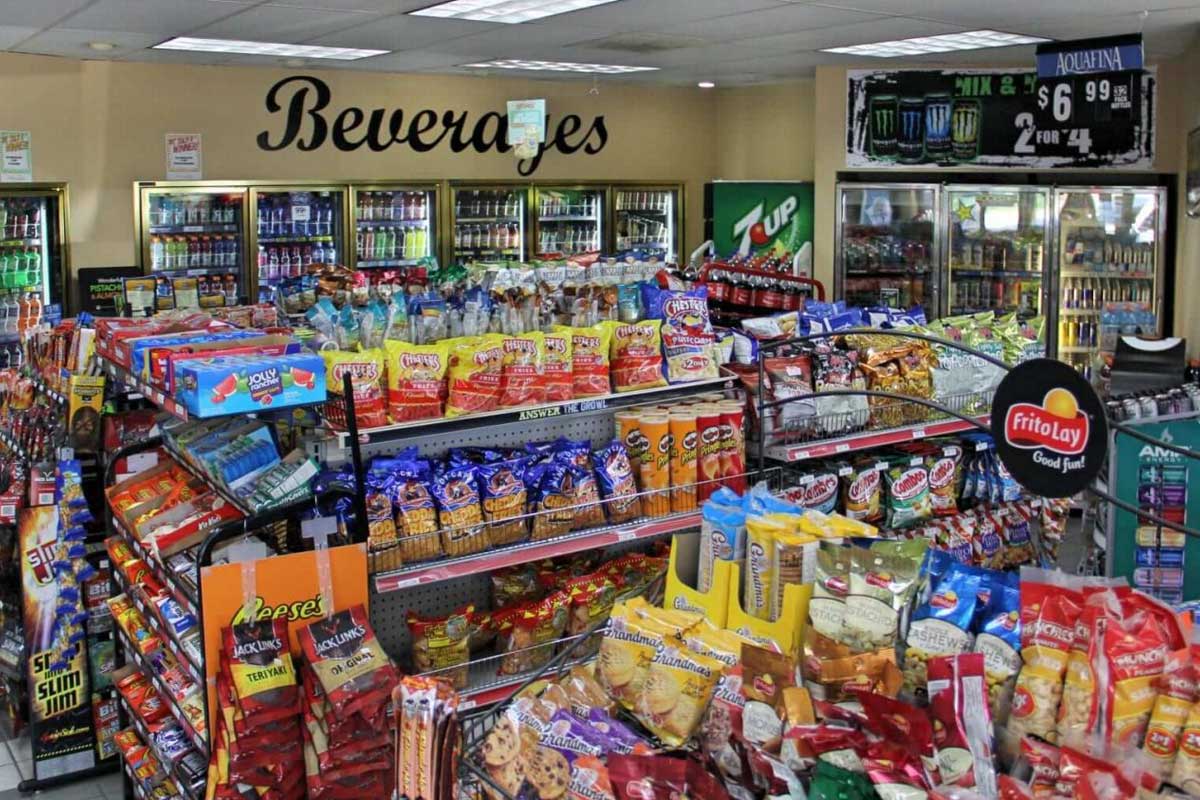Retail inventory management means keeping track of what you order, store, and sell. It helps you avoid having too much or too little stock and keeps costs down.
This guide covers the basics, tools to use, and easy tips for 2025.
What Is Retail Inventory Management?
Retail inventory management is the process of tracking, ordering, storing, and selling products. It ensures the right products are in stock, at the right place, and in the right amount. This system helps prevent overstock, stockouts, and errors.
What Counts as Inventory in Retail?
Inventory includes any goods a business plans to sell. Retailers often sell finished products such as clothing, electronics, food, and home goods. It can also include packaging supplies, display items, and parts used for repairs.
Why Inventory Management Matters in Retail
If you don’t keep track of your stock well, you can lose sales, waste things, and upset customers. A good system prevents these problems and lets you make better choices.
How Retail Inventory Management Works
Inventory systems link the products you have with sales, shipments, and orders. This helps workers know what’s in stock and when to order more. It also helps managers get ready for busy times and avoid spending too much.
10 Key Steps in Managing Retail Inventory
- List every product and assign SKUs.
- Categorize products by type or location.
- Use barcodes or RFID tags for scanning.
- Set reorder points based on demand.
- Track incoming and outgoing stock.
- Track sales trends and slow-moving items.
- Run regular stock counts or cycle counts.
- Adjust inventory levels as needed.
- Sync your point-of-sale and inventory tools.
- Review reports weekly or monthly.
Inventory Ordering and Fulfillment Methods
Ordering Strategies
Retailers save money by using EOQ, setting small order amounts, and buying in bulk. These techniques help businesses avoid ordering too much or too little at one time.
Fulfillment Methods
Some stores send orders from their shops or warehouses. Each way has good and bad points. Which one works best depends on what you sell and how much you sell. It’s important to plan and guess how much customers will want.
How to Forecast Demand
Use past sales, seasons, and trends to guess how much you need. This way, you will not have too much or too little stock.
Tools for Better Planning
Look for tools that integrate sales, inventory, and supplier data. This makes it easier to predict what you’ll need, when you’ll need it, and how much to order.
Inventory Accounting Methods in Retail
Retailers can choose from FIFO, LIFO, or the weighted average method. FIFO sells the oldest items first. LIFO sells the newest items first. Your choice affects taxes, profit margins, and financial reports. We usually recommend FIFO because it aligns with how stores sell products.
Auditing and Controlling Inventory
Routine audits help you spot problems early. Count high-value or fast-selling items each month. Do a full inventory check once or twice a year. Use inventory software to find missing items or mistakes in stock.
Top KPIs to Track for Retail Inventory Success
- Inventory turnover rate – how often your stock sells.
- Sell-through rate – how much of your ordered stock you sell in a set period.
- Stockout rate – how often you run out of popular items.
- Shrinkage – the difference between recorded and actual inventory.
- GMROI tells you the profit earned for each dollar spent on inventory.
12 Proven Inventory Management Techniques for 2025
- ABC analysis – Sorts your items into three groups based on how often they sell or how much they cost.
- Just-in-time inventory – You order items only when you need them, so there’s less waste and storage.
- Safety stock planning – Keep extra stock in case of delays or high sales.
- Barcoding or RFID – These tools allow you to scan items to update stock on time and reduce mistakes.
- Reorder point systems – Tells you when it’s time to order more of an item before it runs out.
- Inventory forecasting software – Looks at past sales to guess what you’ll need later.
- Base order quantities – You order the same amount every time.
- Vendor-managed inventory – Your supplier sends more when you’re running low.
- Real-time tracking – Lets you see what’s in stock right now, so you can act fast if something is low.
- Cycle counting – You count a few items at a time to keep records correct without closing the store.
- Demand planning – Helps you plan how much to order based on trends and busy seasons.
- Outsourced inventory services – Another company manages your inventory to save you time.
Benefits of a Reliable Inventory Management System
- Cuts down on errors.
- Improves customer satisfaction.
- Boosts cash flow.
- Lowers operating costs.
- Helps with financial reporting.
- Reduces waste and spoilage.
Why Choose Monarch for Inventory Management Help
We’ve worked with retailers across different industries to build better inventory systems. We can help you pick the right software, set up audits, and make it easier to order and keep track of your items. Our team will guide you through each step.
We keep things simple, flexible, and tailored to your business.
Final Thoughts
You don’t need to complicate retail inventory management. The right tools and support help you keep shelves full, avoid waste, and serve your customers well. If you’re ready to improve your system, we’re here to help.
Reach out to Monarch today to get started.




